Meal Prep Ideas for a Low Carb Vegetarian Diet can be a total game-changer for anyone looking to save time, reduce stress, and stick to their health goals. It’s like giving your future self a big hug—ensuring you always have something healthy and delicious ready to eat. Whether you’re new to meal prepping or searching for fresh inspiration, this guide is packed with tips, strategies, and creative ideas to make meal prepping for a low carb vegetarian diet simple, exciting, and sustainable.
Understanding Low Carb Vegetarian Diets
What is a Low Carb Vegetarian Diet?
A low carb vegetarian diet combines the principles of low-carb eating with a vegetarian lifestyle. It focuses on whole, plant-based foods while minimizing high-carb ingredients like grains, starchy vegetables, and added sugars. Instead, the emphasis is on: (1)
- Protein: Tofu, tempeh, seitan, and low-carb legumes.
- Healthy fats: Avocados, nuts, seeds, and oils.
- Low-carb vegetables: Leafy greens, zucchini, cauliflower, and bell peppers.
Benefits and Challenges
- Health benefits: Improved blood sugar control, weight management, and increased energy levels.
- Challenges: Finding sufficient protein and variety without relying on carbs like pasta or bread.
Why Meal Prepping is Essential
Meal prepping has become a cornerstone of modern healthy living, especially for individuals following specific diets like a low carb vegetarian diet. It’s more than just chopping vegetables ahead of time—it’s about creating a lifestyle that prioritizes convenience, consistency, and health. If you’re not already meal prepping, here’s why you should start and how it can completely transform your approach to eating.
Saves Time During the Week
One of the most common struggles with healthy eating is finding the time to cook daily. Between work, family, and personal responsibilities, it’s easy to default to takeout or quick, unhealthy meals. Meal prepping eliminates this problem by consolidating cooking into one or two sessions per week.
- How it works: Spend a few hours on Sunday or your day off preparing meals in bulk. This might include chopping vegetables, cooking proteins like tofu or tempeh, and portioning meals into containers.
- Time saved: Instead of spending 30–60 minutes each night cooking, you can simply reheat your pre-prepped meal in minutes.
For busy professionals, students, or parents, this can mean hours of saved time each week that can be used for other priorities like exercising, relaxing, or spending time with loved ones.
Encourages Consistency with a Low Carb Vegetarian Diet
Maintaining a low carb vegetarian diet can sometimes feel like a juggling act. Without proper planning, you might find yourself missing essential nutrients or reaching for carb-heavy snacks in moments of hunger. Meal prepping ensures your meals align with your dietary goals.
- Portion control: Prepping meals in advance allows you to measure ingredients and stick to the appropriate servings of low-carb vegetarian foods.
- Prevents slip-ups: By having healthy, balanced meals on hand, you’re less likely to grab unhealthy options like bread or sugary snacks.
For instance, having a prepped zucchini noodle salad with pesto in your fridge can save you from resorting to carb-heavy pasta when hunger strikes.
Saves Money
Eating out or buying pre-packaged meals regularly can quickly add up. Meal prepping is a cost-effective way to stick to a budget while still eating nutritious food.
- Buy in bulk: Ingredients like tofu, lentils, and leafy greens are often cheaper when purchased in larger quantities.
- Avoid waste: Planning meals helps ensure you buy only what you need. No more unused produce wilting in the fridge!
- Skip the extras: Prepping meals means fewer trips to restaurants or convenience stores, where impulse buys often increase your total spending.
For example, batch cooking a large cauliflower rice stir-fry can cost a fraction of what you’d spend on takeout while providing multiple servings.
Reduces Food Waste
Did you know that the average household wastes up to 30% of the food they buy? Meal prepping can drastically cut down on food waste by ensuring you use every ingredient you purchase.
- Planned portions: By portioning meals ahead of time, you avoid cooking more than you need.
- Repurposing leftovers: Ingredients like roasted vegetables or leftover beans can be creatively reused in salads, wraps, or snacks.
For instance, roasted bell peppers used in a dinner stuffed pepper recipe can double as a topping for the next day’s lettuce wraps.
Simplifies Decision-Making
Deciding what to eat every day can be surprisingly exhausting. It’s called decision fatigue, and it’s real! Meal prepping eliminates the daily “what’s for dinner?” dilemma by providing a pre-planned menu.
- Stress-free mornings: Knowing you have prepped chia seed pudding ready to grab simplifies your morning routine.
- Set it and forget it: By organizing your meals in advance, you can focus your energy on more important tasks during the week.
Essential Components of a Low Carb Vegetarian Meal
Protein Sources
Getting enough protein is key. Some of the best options include:
- Tofu and tempeh: Versatile and high in protein.
- Seitan: Perfect for creating “meaty” dishes.
- Low-carb legumes: Lentils and chickpeas, in moderation.
Healthy Fats
Fats are essential for keeping you full and energized:
- Avocados: Great for spreads or salads.
- Nuts and seeds: Almonds, walnuts, chia seeds, and flaxseeds.
- Oils: Coconut oil, olive oil, and avocado oil.
Low-Carb Vegetables
Base your meals around these:
- Leafy greens: Spinach, kale, and Swiss chard.
- Cruciferous veggies: Cauliflower, broccoli, and Brussels sprouts.
- Other favorites: Zucchini, bell peppers, and asparagus.
Meal Prep Planning Strategies
Mastering the art of meal prep requires more than just tossing some veggies into containers. It’s about creating an efficient plan, aligned with your dietary goals, and tailored to your personal preferences. When following a low carb vegetarian diet, thoughtful meal prep planning ensures that you’re meeting your nutritional needs while saving time and minimizing stress. Here’s a comprehensive guide to help you create a seamless meal prep system.
Assess Your Nutritional Needs
The first step in meal prep planning is understanding your dietary requirements. A low carb vegetarian diet involves balancing macronutrients—protein, healthy fats, and low-carb vegetables—while avoiding high-carb foods like grains and starchy vegetables.
- Calculate your macros: Use an online macro calculator to determine how much protein, fat, and carbs you need daily.
- Focus on protein: Since vegetarians rely on plant-based protein sources, ensure your meals include tofu, tempeh, seitan, or low-carb legumes.
- Incorporate fiber and healthy fats: Include plenty of non-starchy vegetables and sources of healthy fats like avocados, nuts, and seeds to support digestion and keep you full.
Choose the Right Recipes
Meal prep success begins with selecting recipes that align with your goals, preferences, and schedule. Look for recipes that are simple to prepare, store well, and incorporate key low carb vegetarian ingredients.
- Quick recipes for busy weeks: Opt for meals like zucchini noodle salad with pesto or tofu scramble with spinach that can be prepped in under 30 minutes.
- Batch-friendly recipes: Stews, casseroles, and soups like cauliflower curry or vegetable chili are great options for bulk preparation.
- Variety is key: Rotate recipes weekly to keep your meals exciting and prevent boredom.
Create a Weekly Meal Plan
A solid meal plan is the backbone of effective meal prepping. Planning out your meals ensures you know exactly what to prepare and how much to cook.
- Divide your week into meals: Write down how many breakfasts, lunches, dinners, and snacks you’ll need for the week.
- Balance your meals: Include a source of protein, healthy fats, and plenty of low-carb vegetables in each meal.
- Plan for variety: Choose recipes with different flavors and textures to keep things interesting.
Here’s an example of a simple weekly plan:
| Meal Type | Example Dish | Prep Time | Serving Size |
|---|---|---|---|
| Breakfast | Veggie-packed egg muffins | 25 minutes | 6 servings |
| Lunch | Cauliflower rice stir-fry | 30 minutes | 4 servings |
| Dinner | Eggplant lasagna | 45 minutes | 4 servings |
| Snack | Guacamole with veggie sticks | 15 minutes | 5 servings |
Write a Detailed Grocery List
Once you’ve planned your meals, create a comprehensive grocery list to streamline your shopping trip. A well-organized list helps you avoid impulse purchases and ensures you have everything you need.
- Categorize your list: Divide items into sections like vegetables, proteins, pantry staples, and condiments.
- Stock up on essentials: Keep staples like olive oil, spices, almond flour, and coconut milk on hand.
- Buy in bulk: Purchase frequently used items like tofu, nuts, and seeds in larger quantities to save money.
Prep in Steps
Tackling all your meal prep at once can feel overwhelming, so break it into manageable stages. This approach helps you stay organized and focused.
- Stage 1:
- Prep ingredients: Chop vegetables, marinate proteins, and portion out snacks like nuts or kale chips.
- Stage 2:
- Cook in batches: Prepare larger portions of staple items like roasted vegetables, quinoa, or tofu stir-fry.
- Stage 3:
- Assemble meals: Combine pre-cooked ingredients into meals for easy grab-and-go options.
Invest in High-Quality Storage Solutions
The right storage containers are essential for keeping your prepped meals fresh and organized. Investing in durable, leak-proof containers will save you frustration and ensure your meals stay flavorful.
- Glass containers: These are eco-friendly, microwave-safe, and don’t retain odors.
- Portion-sized containers: Use smaller containers to make individual servings for easy portion control.
- Freezer-safe bags: Perfect for storing batch-cooked meals or ingredients like frozen cauliflower rice.
Schedule a Dedicated Meal Prep Day
Consistency is key, so set aside a specific day each week for meal prepping. Sundays or your day off are popular choices because they allow you to start the week with a stocked fridge.
- Block out time: Dedicate 2–3 hours to prep, cook, and assemble meals.
- Set the mood: Put on music, a podcast, or an audiobook to make meal prepping more enjoyable.
- Get the family involved: If you have kids or a partner, involve them in simple tasks like chopping vegetables or portioning snacks.
Breakfast Meal Prep Ideas
Start your day with these low carb vegetarian breakfast ideas that are easy to prepare:
- Veggie-packed egg muffins: Combine eggs, spinach, and bell peppers. Bake in muffin tins for grab-and-go breakfasts.
- Chia seed pudding: Mix chia seeds with almond milk and top with low-carb fruits like raspberries or strawberries.
- Tofu scramble: Season tofu with turmeric, garlic, and onion powder. Add spinach and mushrooms for extra nutrients.
Lunch Meal Prep Ideas
Fuel your afternoon with these satisfying, low carb vegetarian meals:
- Zucchini noodle salad: Toss zucchini noodles with pesto, cherry tomatoes, and olives.
- Cauliflower rice stir-fry: Sauté cauliflower rice with tofu, ginger, and low-sodium soy sauce.
- Lettuce wraps: Use large leaves to wrap hummus, grilled veggies, and avocado slices.
Dinner Meal Prep Ideas
Wind down with these hearty and wholesome dinners:
- Eggplant lasagna: Use thinly sliced eggplant instead of pasta and layer with ricotta, spinach, and marinara sauce.
- Stuffed bell peppers: Fill bell peppers with a mix of quinoa, black beans, and spices.
- Spaghetti squash bowls: Roast spaghetti squash and top with sautéed mushrooms, marinara, and a sprinkle of Parmesan.
Snack and Side Dish Prep Ideas
Stay satisfied between meals with these low-carb-friendly options:
- Roasted chickpeas: Toss chickpeas with olive oil and spices, then bake until crispy.
- Guacamole with veggie sticks: Pair creamy guacamole with cucumber, celery, or bell pepper slices.
- Kale chips: Bake kale with a drizzle of olive oil and nutritional yeast for a cheesy flavor.
Batch Cooking and Freezing Tips
Batch cooking and freezing are the ultimate time-savers when it comes to maintaining a low carb vegetarian diet. They allow you to prepare multiple meals in one go, ensuring you always have healthy options on hand, even during the busiest days. By freezing your meals properly, you can lock in flavor, preserve nutrients, and reduce food waste. Let’s dive into actionable tips and tricks for batch cooking and freezing that will make your low carb vegetarian meal prep efficient and stress-free. (2)
Why Batch Cooking and Freezing Work for a Low Carb Vegetarian Diet
Batch cooking and freezing are perfect for a low carb vegetarian lifestyle because they:
- Save time: Prepping meals in large quantities means less time spent cooking during the week.
- Encourage consistency: Having ready-to-eat, healthy meals reduces the temptation to grab carb-heavy convenience foods.
- Minimize food waste: Freezing portions of meals ensures nothing goes to waste, especially when you buy ingredients in bulk.
For example, making a big batch of cauliflower rice stir-fry or zucchini noodle pasta can provide lunches or dinners for the entire week.
Foods That Freeze Well
Not all foods freeze equally well, so it’s important to choose recipes and ingredients that maintain their texture and flavor when frozen. Here’s a guide to freezing-friendly options for a low carb vegetarian diet:
- Vegetables:
- Best options: Broccoli, cauliflower, spinach, zucchini, and bell peppers.
- Tip: Blanch vegetables before freezing to preserve color, texture, and nutrients.
- Proteins:
- Tofu: Freezes well when pressed and diced beforehand (it even gives it a firmer texture).
- Tempeh: Maintains its structure and flavor when frozen.
- Cooked legumes: Lentils, black beans, and chickpeas freeze beautifully.
- Soups and stews:
- Creamy soups: Like broccoli cheddar soup (use plant-based milk or cream for freezing).
- Vegetable stews: Such as ratatouille or curry with cauliflower and zucchini.
- Sauces and dips:
- Pesto, marinara sauce, or guacamole (add a thin layer of oil to prevent browning).
- Pesto, marinara sauce, or guacamole (add a thin layer of oil to prevent browning).
- Snacks:
- Roasted nuts and seeds, kale chips, and energy balls made with almond flour or coconut.
Foods to Avoid Freezing
While many foods freeze well, some don’t fare as great in the freezer. Avoid freezing:
- Leafy greens (unless blanched first).
- Raw tomatoes (they become mushy when thawed).
- Dairy-heavy dishes made with cream or yogurt (these may separate when frozen).
- Delicate vegetables like cucumbers or lettuce.
Tips for Successful Batch Cooking
Batch cooking doesn’t just mean making a big pot of food—it’s about cooking strategically to save time and ensure variety in your meals. Here’s how to do it effectively:
- Start with versatile staples: Cook large portions of foods that can be used in multiple meals. For example:
- Roast a big batch of cauliflower and use it in cauliflower rice stir-fry, cauliflower mash, or as a pizza crust base.
- Prepare a pot of lentils to use in salads, soups, or veggie burgers.
- Cook in layers: Focus on preparing individual components (like roasted veggies, sautéed tofu, and sauces) so you can mix and match them into different meals.
- Double or triple recipes: If you’re making zucchini noodle pasta, cook extra portions so you can freeze leftovers.
Best Freezing Techniques
Freezing meals isn’t as simple as tossing containers into the freezer. To maintain the flavor, texture, and freshness of your food, follow these freezing techniques:
- Cool before freezing: Let cooked food cool to room temperature before storing. Placing hot food directly in the freezer can create condensation, leading to freezer burn.
- Use airtight containers: Prevent freezer burn by using high-quality, airtight containers or freezer-safe bags.
- Tip: Remove as much air as possible from freezer bags before sealing.
- Label and date everything: Write the name of the dish and the date it was prepared in the container or bag. This helps you keep track of what’s in your freezer and ensures you use older items first.
- Portion meals individually: Divide meals into single-serving portions. This way, you can thaw just what you need instead of defrosting an entire batch.
- Use freezer-friendly materials: Invest in glass containers, reusable silicone bags, or aluminum foil for wrapping.
Reheating Frozen Meals
Thawing and reheating frozen meals properly is crucial for maintaining flavor and texture. Here’s how to do it:
- Thaw in the fridge: For best results, transfer frozen meals to the fridge the night before you plan to eat them. This slow thawing method prevents sogginess.
- Reheat gently: Use the stove or oven for most meals, as microwaves can sometimes overheat or dry out food.
- For soups or stews, reheat on low heat and stir frequently.
- For baked dishes like eggplant lasagna, reheat in the oven at 350°F (175°C) until heated through.
- Add fresh toppings: Enhance reheated meals with fresh garnishes like chopped herbs, shredded cheese, or a drizzle of olive oil for added flavor.
Maintaining Variety in Your Meal Plan
When following a low carb vegetarian diet, it’s easy to fall into a routine of eating the same meals repeatedly. While consistency can be helpful, too much repetition can lead to meal prep fatigue and a lack of motivation to stick to your diet. The good news? Maintaining variety in your meal plan doesn’t have to be complicated. With a little creativity and planning, you can keep your meals exciting, flavorful, and nutritionally balanced while staying within the guidelines of a low carb vegetarian lifestyle.
Rotate Your Protein Sources
One of the easiest ways to maintain variety in your meals is by switching up your protein sources. A low carb vegetarian diet offers plenty of protein-rich options that can be used interchangeably in recipes.
- Tofu: Grill it, scramble it, or marinate and bake it for different textures and flavors.
- Tempeh: Crumble tempeh for taco fillings or slice it for stir-fries.
- Seitan: A high-protein meat alternative that works well in hearty dishes like curries or stews.
- Legumes: Incorporate low-carb legumes like lentils, black soybeans, or lupini beans sparingly to avoid monotony.
Pro tip: Experiment with marinades, spices, and cooking techniques to make each protein source feel like a completely new ingredient.
Experiment with Low-Carb Vegetables
Vegetables are the backbone of a low carb vegetarian diet. To maintain variety, focus on incorporating different types of vegetables into your weekly meal plan.
- Leafy greens: Rotate between kale, spinach, Swiss chard, and arugula for salads or sautés.
- Cruciferous vegetables: Use cauliflower, broccoli, Brussels sprouts, and cabbage in creative ways, like cauliflower rice or roasted cabbage steaks.
- Colorful veggies: Add pops of color (and nutrients!) with bell peppers, zucchini, eggplant, and asparagus.
- Seasonal produce: Adapt your meal plan to include in-season vegetables for maximum freshness and flavor.
Pro tip: Roast a medley of vegetables with olive oil and seasonings. Use them throughout the week as side dishes, salad toppings, or sandwich fillers.
Incorporate Different Cooking Methods
The way you cook your food has a significant impact on its taste and texture. Even using the same ingredients, you can create completely different meals by varying your cooking methods.
- Roasting: Brings out the natural sweetness of vegetables like carrots, zucchini, and Brussels sprouts.
- Grilling: Adds a smoky, charred flavor to tofu, tempeh, and eggplant.
- Steaming: A light and nutrient-preserving way to prepare broccoli, spinach, or asparagus.
- Sautéing: Quickly cook vegetables with garlic, olive oil, or your favorite spices for a flavorful side dish.
Pro tip: Try air-frying vegetables like cauliflower or zucchini for a crispy texture without added carbs or oil.
Play with Herbs, Spices, and Seasonings
Herbs and spices are your secret weapons for maintaining variety in your meals. They can completely transform a dish and help you explore global cuisines without adding carbs.
- Italian-inspired flavors: Use basil, oregano, and thyme with marinara sauce and zucchini noodles.
- Indian spices: Add turmeric, cumin, and garam masala to curries or lentil stews.
- Asian-inspired dishes: Use ginger, garlic, soy sauce, and sesame oil for stir-fries or soups.
- Mexican flair: Season dishes with chili powder, smoked paprika, and cilantro.
Pro tip: Keep a rotating selection of spice blends in your pantry, such as Italian seasoning, curry powder, or taco seasoning, to instantly change up the flavor profile of your meals.
Explore Global Cuisines
If you’re tired of eating the same flavors week after week, exploring global cuisines can be a game-changer. Each cuisine offers unique ingredients, seasonings, and preparation techniques that can inspire your meal plan.
- Mediterranean: Incorporate olive oil, fresh herbs, feta cheese, and grilled vegetables like zucchini and eggplant.
- Indian: Focus on spiced lentil dishes, cauliflower curries, and coconut-based stews.
- Asian: Try tofu stir-fries with low-sodium soy sauce, sesame seeds, and sautéed vegetables.
- Mexican: Experiment with stuffed bell peppers, cauliflower rice burrito bowls, or guacamole with veggie sticks.
Pro tip: Research simple vegetarian recipes from around the world and adapt them to fit your low carb diet by swapping out high-carb ingredients for low-carb alternatives.
Adapt to Seasonal Produce
Eating seasonally not only enhances the flavor of your meals but also adds natural variety to your diet. Incorporate in-season vegetables and fruits to keep your meals fresh and exciting.
- Spring: Asparagus, radishes, spinach, and fresh herbs.
- Summer: Zucchini, bell peppers, tomatoes, and eggplant.
- Fall: Cauliflower, Brussels sprouts, and pumpkin.
- Winter: Broccoli, kale, and winter squash (use sparingly due to carb content).
Pro tip: Visit your local farmers’ market for inspiration and to discover new seasonal ingredients.
FAQs About Meal Prep Ideas for a Low Carb Vegetarian Diet
What are the best protein sources for a low carb vegetarian diet?
Tofu, tempeh, seitan, and low-carb legumes like lentils are great options.
How can I ensure I’m getting enough nutrients?
Focus on variety—include leafy greens, nuts, seeds, and fortified plant-based products.
Can I include dairy in my low carb vegetarian meal prep?
Yes, low-carb dairy like Greek yogurt and cheese can be excellent protein sources.
How do I prevent meals from becoming repetitive?
Rotate recipes and try new herbs, spices, or international cuisines to keep things fresh.
What are some quick low-carb vegetarian snacks?
Roasted nuts, veggie sticks with hummus, or kale chips are perfect for busy days.
The Bottom Line
Meal prepping is the ultimate secret to staying on track with a low carb vegetarian diet while saving time, reducing stress, and making healthy eating more convenient. By planning your meals, rotating ingredients, and using batch cooking and freezing techniques, you can create a sustainable lifestyle that prioritizes variety, nutrition, and flavor. Whether you’re a beginner or a seasoned meal prepper, these tips and strategies will help you simplify your routine while ensuring every bite is delicious and satisfying.
Remember, the key to success is consistency, creativity, and a little bit of planning. Don’t be afraid to experiment with new recipes, explore global cuisines, and incorporate seasonal produce to keep your meals fresh and exciting. With these meal prep ideas for a low carb vegetarian diet, you’ll be well on your way to achieving your health goals without sacrificing taste or convenience.
Now, it’s time to roll up your sleeves, grab those storage containers, and start prepping your way to a healthier, happier you!


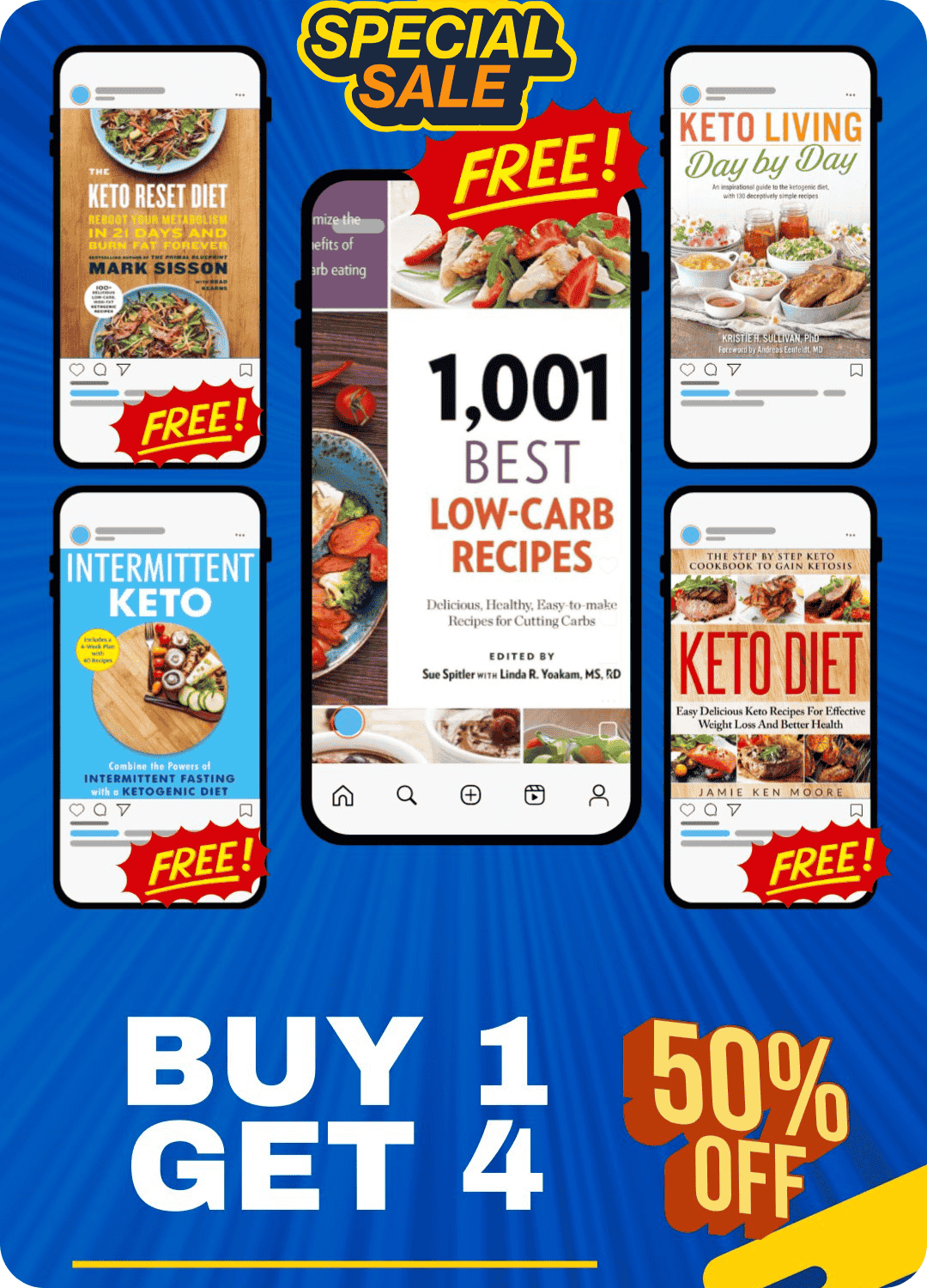
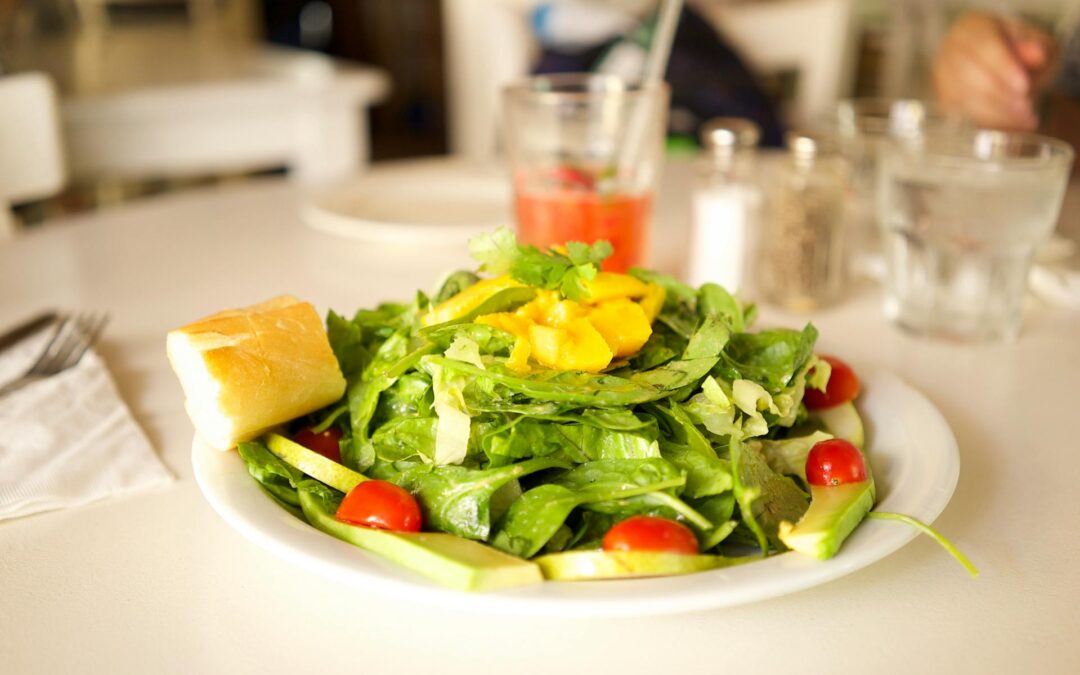
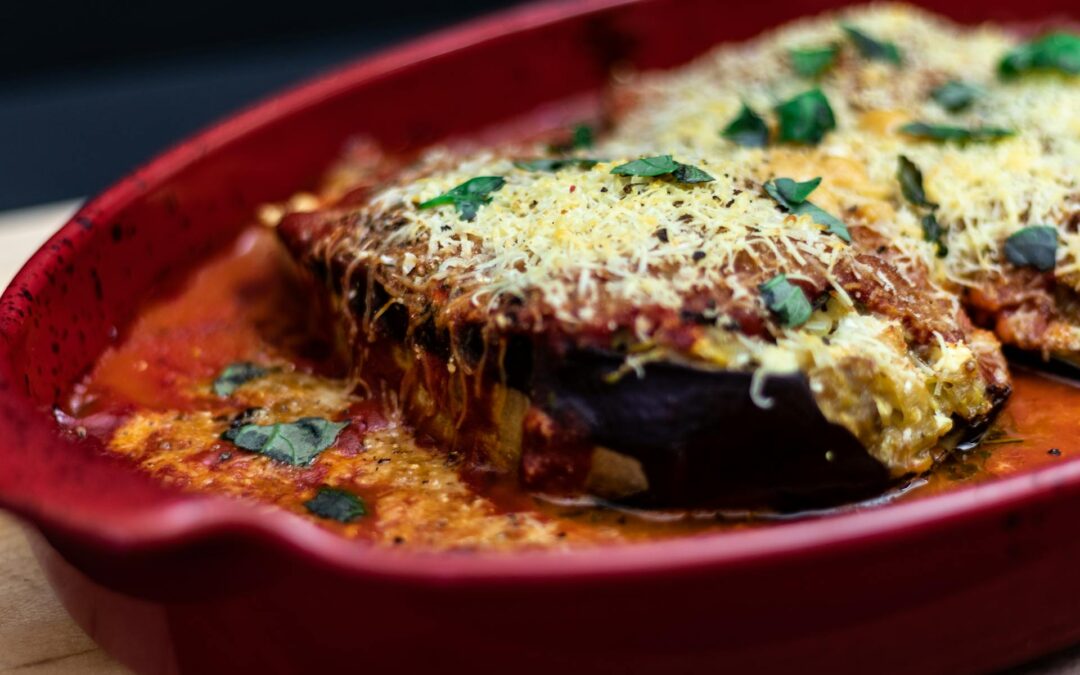
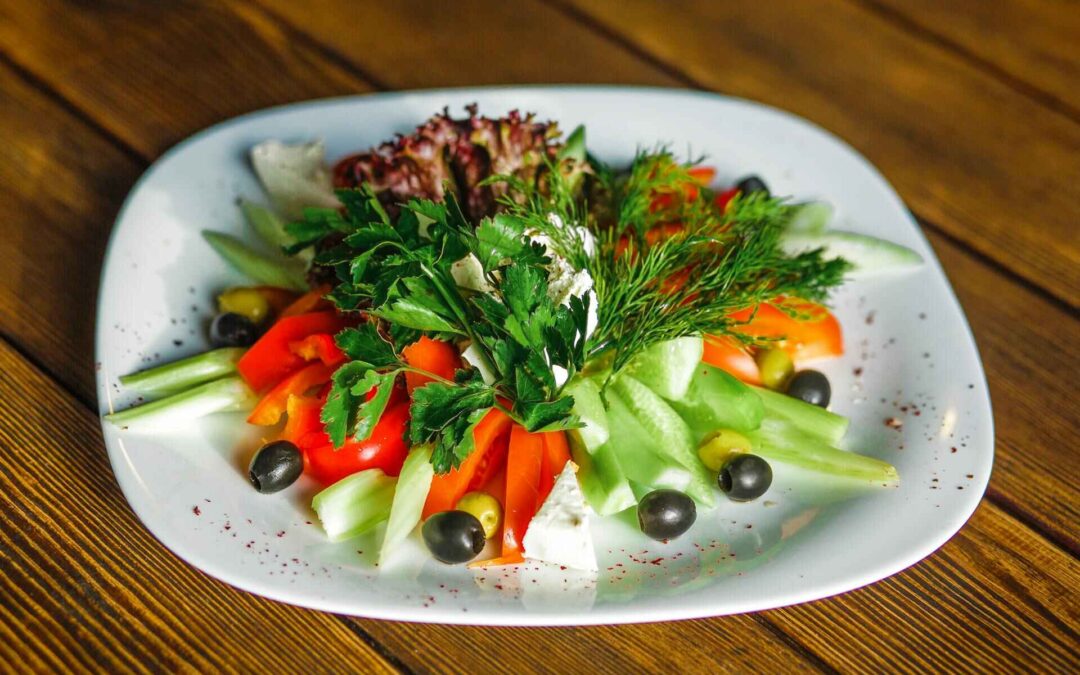
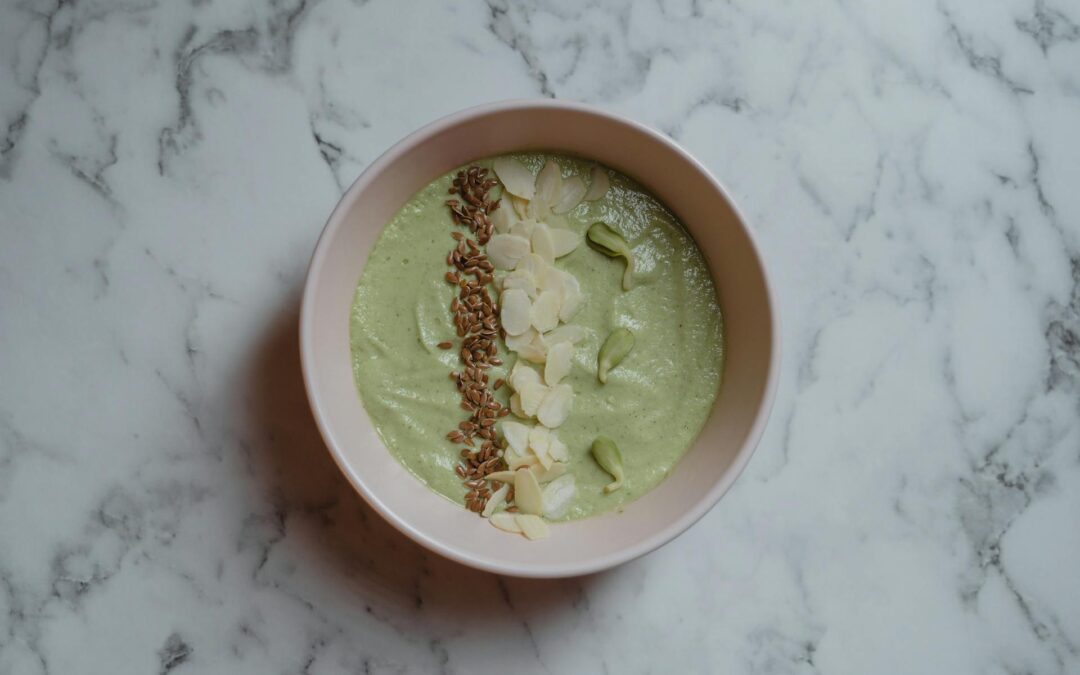
0 Comments